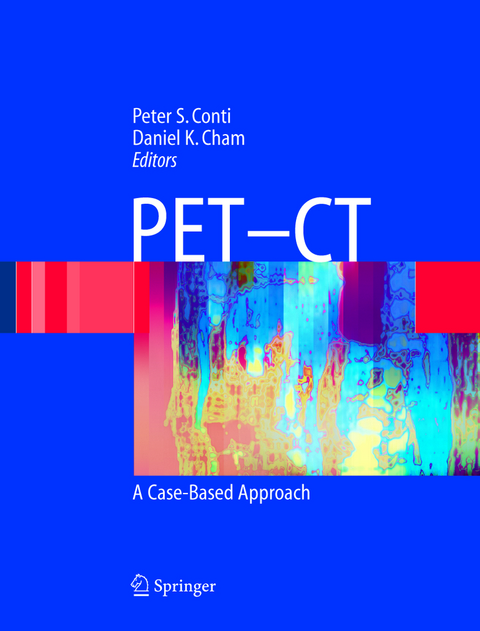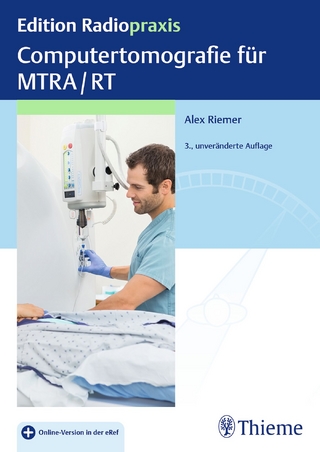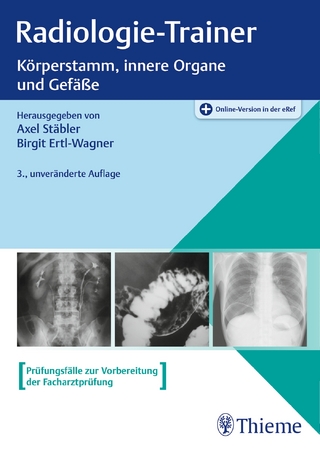
PET-CT
Springer-Verlag New York Inc.
978-1-4419-1927-4 (ISBN)
- Titel erscheint in neuer Auflage
- Artikel merken
Few advances in medicine have had more of an impact on modern health care than the invention of PET-CT studies of FDG in the living human body and experimental animals. Biochemistry has been superimposed on anatomy, which is a giant leap forward. The expertise required for the interpretation of CT must now be combined with the expert interpretation of the biochemical information of the FDG study. The idea that the interpretation of the images simply requires the superimposition of the two image modalities is simple is clearly not true. What is needed is a clear und- standing of the sites of metabolic activity revealed by FDG studies in normal persons, and its variability from person to person. For example, FDG accumulates in various structures in the head and neck,and in the ovaries and uterus of normal women during certain phases of the menstrual cycle. The case method of teaching has stood the test of time for more than a hundred years and is still valid as new modalities are developed and introduced into medical practice. The authors,both of whom have considerable experience in the performance and interpretation of PET-CT studies with FDG, have made an important contri- tion that will be of great value to nuclear medicine physicians,radiologists,oncologists, and other physicians with the responsibility of caring for patients with cancer. Capabilities and limitations are discussed in the context of speci?c problems and patients.
The Fundamentals.- Normal Physiology and Variants: A Primer.- Clinical Cases.- Adrenal Cancer.- Germ Cell Tumors: Choricocarcinoma and Testicular Cancer.- Brain.- Breast Cancer.- Gynecologic Malignancies: Cervical, Uterine, and Vulvar Cancer.- Colorectal Cancers.- Cholangiocarcinoma.- Esophageal Carcinoma.- Gastric Cancer.- Gastrointestinal Tumors.- Head and Neck Cancers.- Heart Viability.- Inflammatory Disease and Infection.- Unknown Primary Tumors.- Liver Cancer.- Lung Tumors.- Hematologic Malignancies: Lymphoma, Leukemia, Multiple Myeloma.- Melanoma.- Thyroid Carcinoma.- Muscular Skeletal Tumors.- Urinary Malignancies: Renal Cell Carcinoma and Bladder Cancer.- Nerve Tumors.- Ovarian Cancer.- Pancreatic Cancer.- Prostate Cancer.- 18F Fluoride Bone Scintigraphy.
| Erscheint lt. Verlag | 29.11.2010 |
|---|---|
| Vorwort | H.N. Jr. Wagner |
| Zusatzinfo | 107 Illustrations, color; 365 Illustrations, black and white; XX, 304 p. 472 illus., 107 illus. in color. |
| Verlagsort | New York, NY |
| Sprache | englisch |
| Maße | 216 x 279 mm |
| Themenwelt | Medizin / Pharmazie ► Medizinische Fachgebiete ► Neurologie |
| Medizin / Pharmazie ► Medizinische Fachgebiete ► Onkologie | |
| Medizinische Fachgebiete ► Radiologie / Bildgebende Verfahren ► Computertomographie | |
| Medizinische Fachgebiete ► Radiologie / Bildgebende Verfahren ► Nuklearmedizin | |
| Medizinische Fachgebiete ► Radiologie / Bildgebende Verfahren ► Radiologie | |
| Studium ► 2. Studienabschnitt (Klinik) ► Pathologie | |
| ISBN-10 | 1-4419-1927-9 / 1441919279 |
| ISBN-13 | 978-1-4419-1927-4 / 9781441919274 |
| Zustand | Neuware |
| Informationen gemäß Produktsicherheitsverordnung (GPSR) | |
| Haben Sie eine Frage zum Produkt? |
aus dem Bereich



